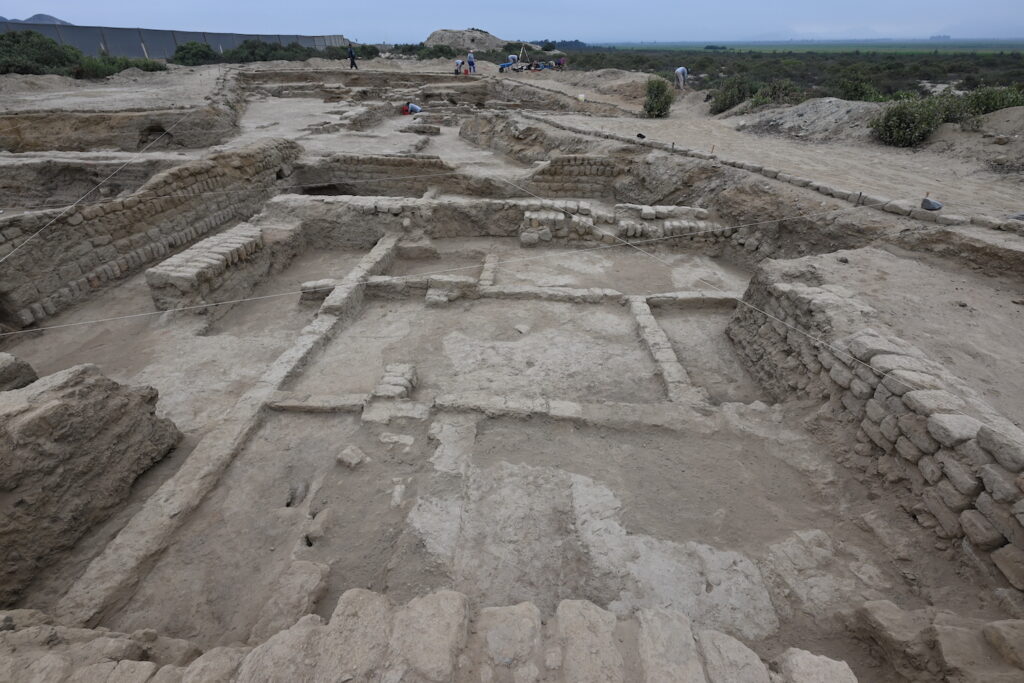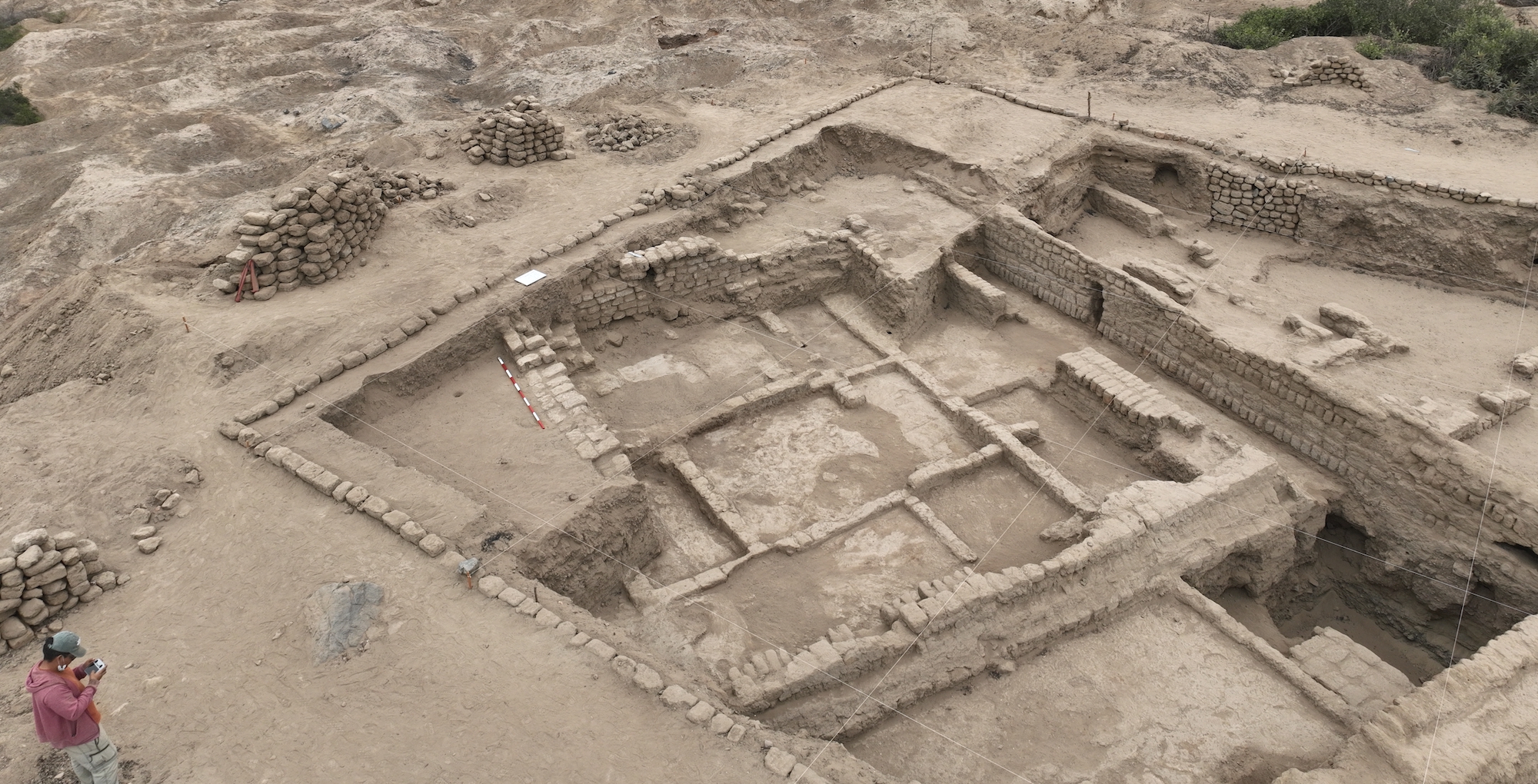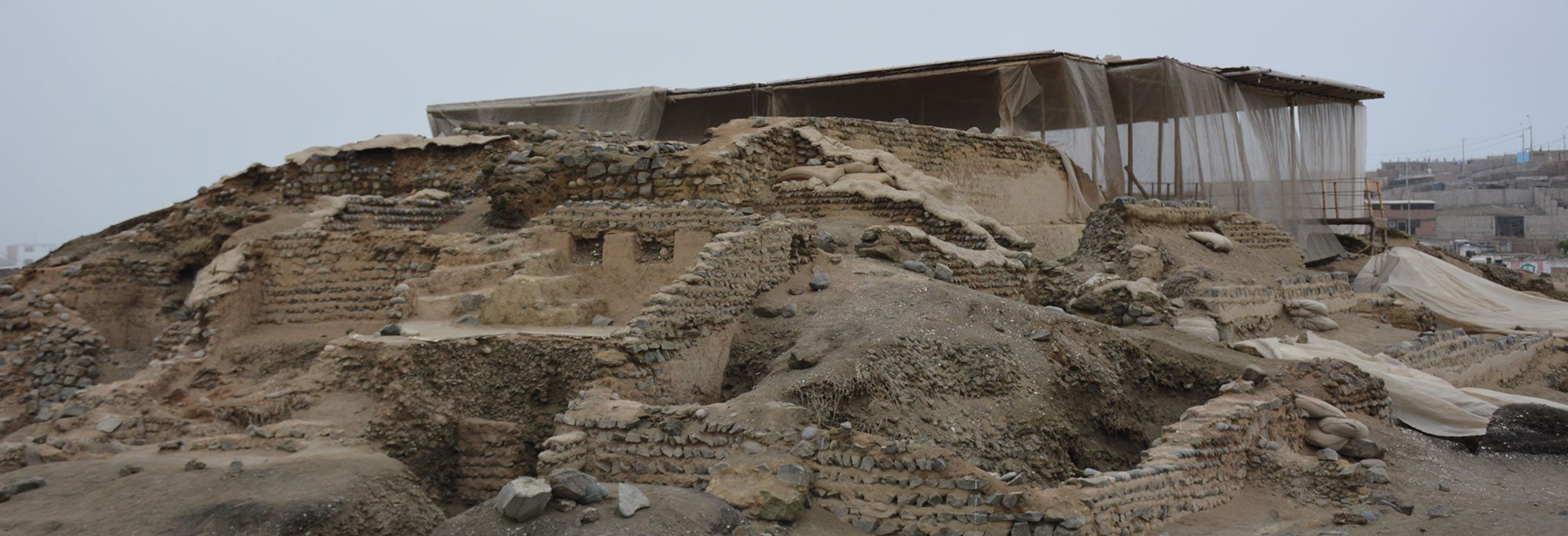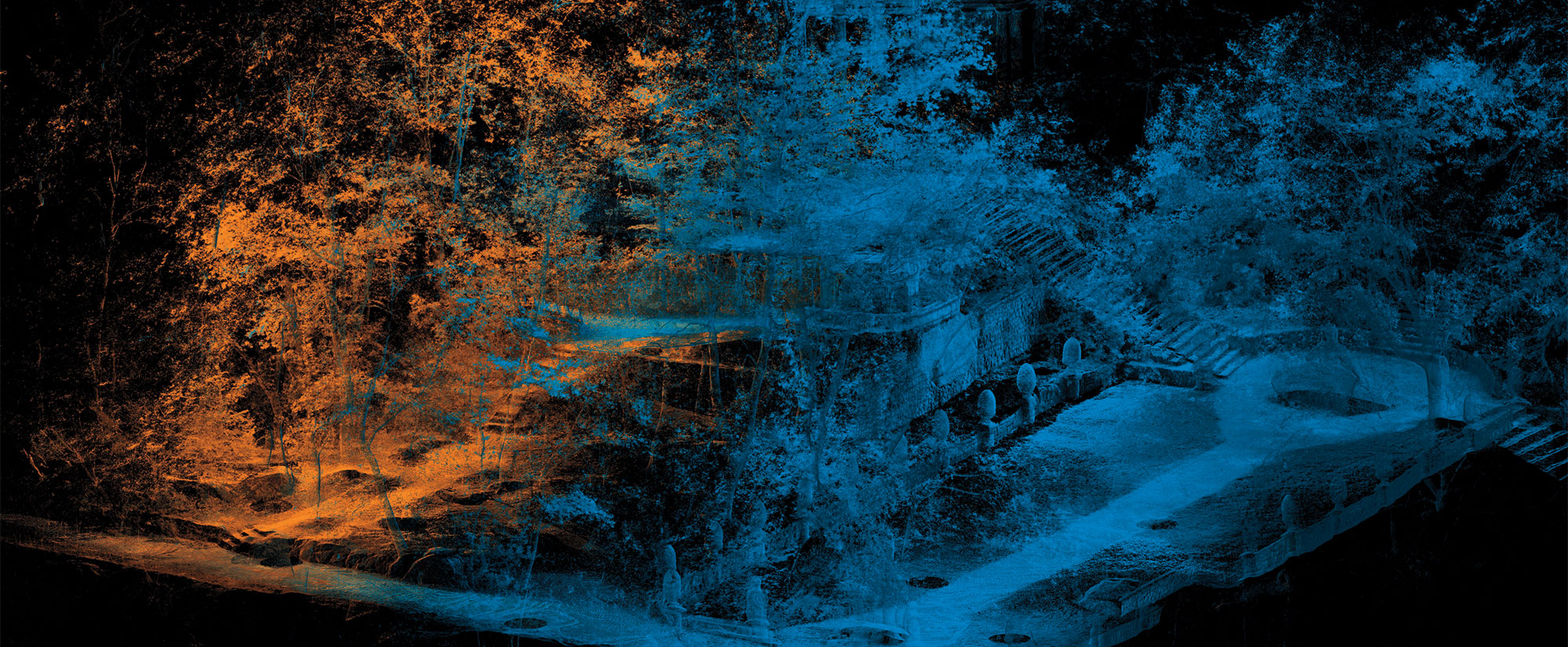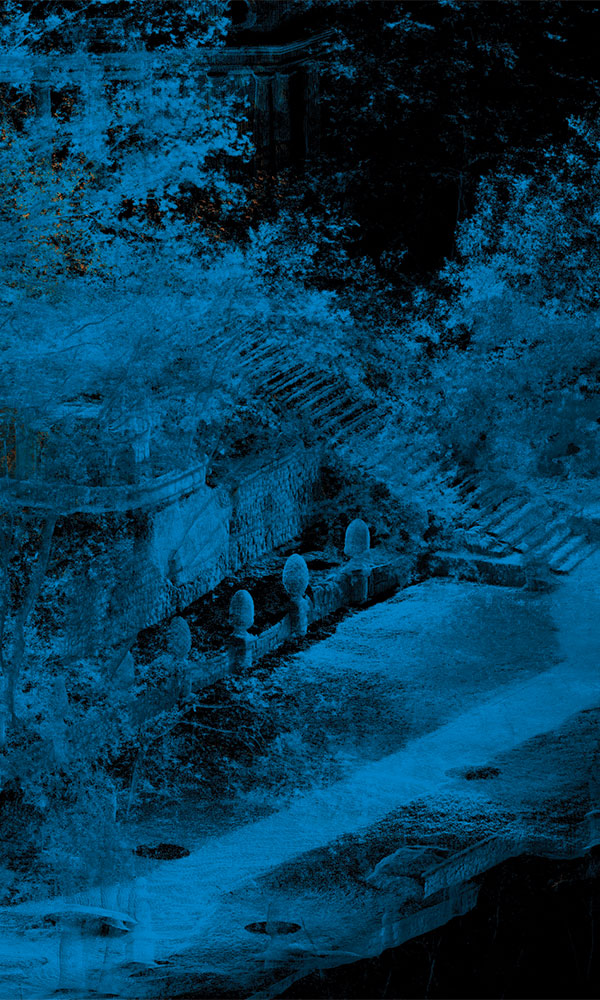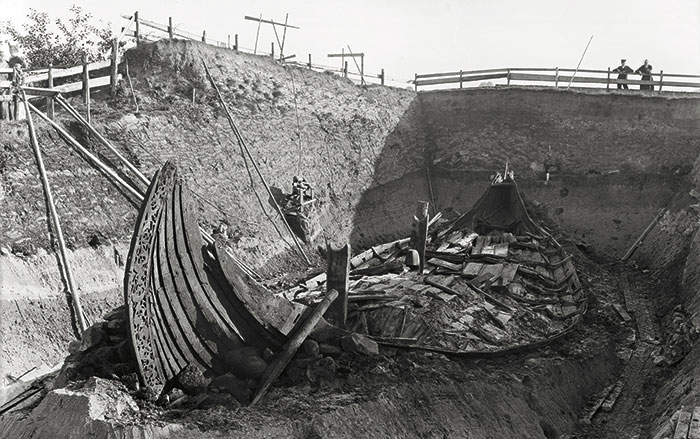LIMA, PERU—Excavations at the monumental Moche site of Licapa II in northern Peru's La Libertad region unearthed the remnants of a 1,400-year-old elite residence likely belonging to the settlement’s former rulers, Andina News Agency reports. Within the spacious complex, researchers from the Chicama Archaeological Program, which is codirected by archaeologists Henry Tantaleán of the National University of San Marcos and Carito Tavera of the University of Barcelona, uncovered a number of high-quality ceramics that were decorated with typical Moche culture iconography, including scenes of warrior fights. Other imported ceramic vessels, textile fragments, and even food remains indicate that the building’s occupants likely controlled regional trade and enjoyed a better-than-average diet. Experts believe that the bones of capuchin monkeys from the Amazon, Andean camelids, and coastal birds suggest that exotic gifts were brought to the site from neighboring territories as offerings or tribute. For reasons that are still unknown, the site was abandoned around a.d. 700, but was first intentionally buried and preserved beneath layers of adobe brick. “This great effort to cover this residence is a sign and indicator of its importance and the respect it was given," Tantaleán said. “We have no other explanation.” To read about a throne room uncovered in a Moche complex at the site of Pañamarca, go to "The Making of a Moche Queen," one of ARCHAEOLOGY's Top 10 Discoveries of 2024.
